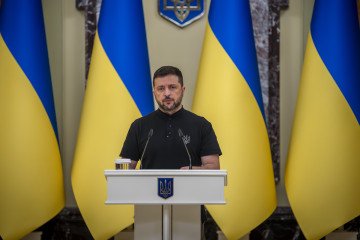- Category
- War in Ukraine
Which Country Has the Biggest Army in Europe? Ranking All European Forces by Size
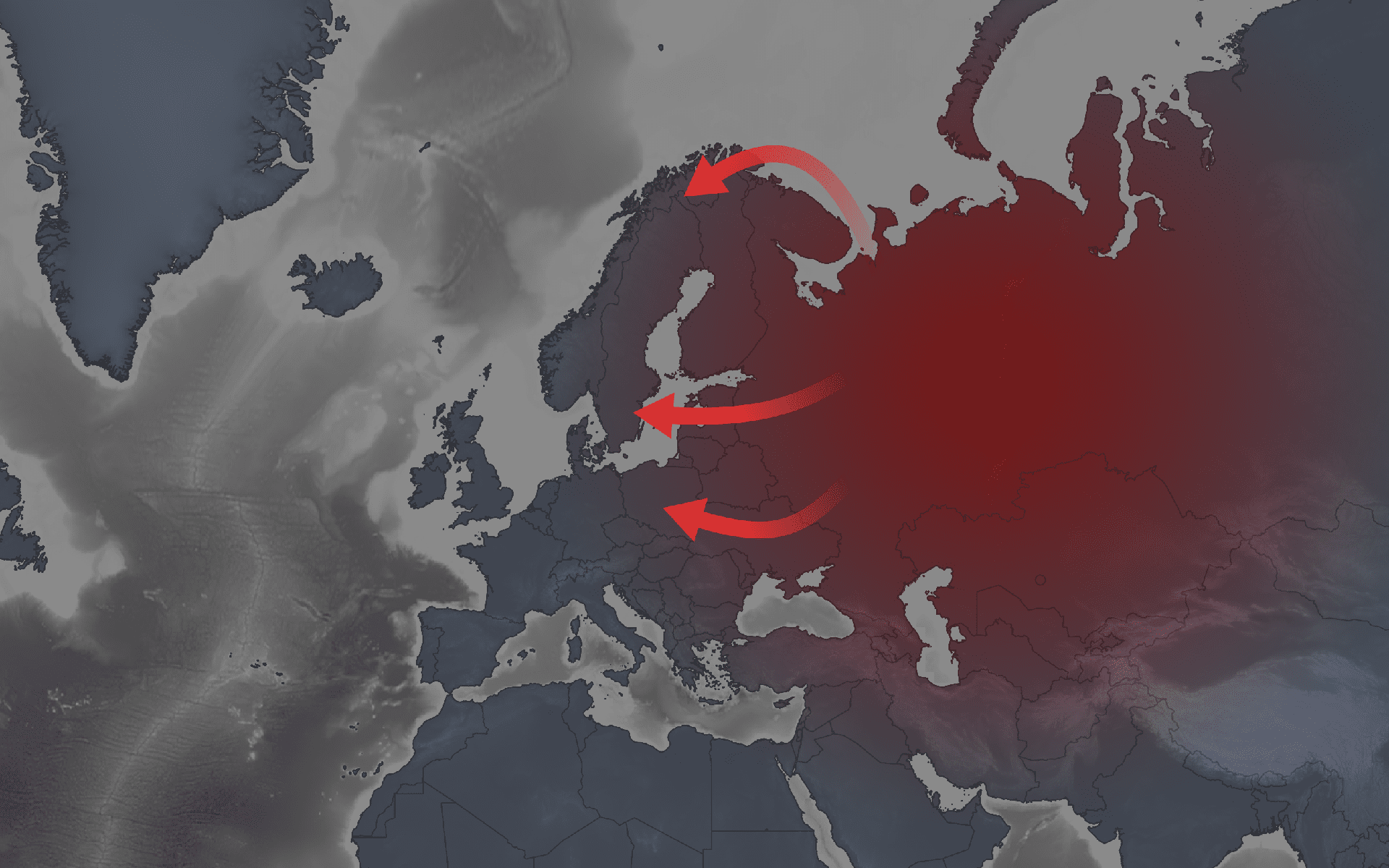
As Russia ramps up its military machine and European leaders issue dire warnings, the continent faces a critical question: Can it mobilize fast enough to defend itself?
In early March 2025, French President Emmanuel Macron delivered a stark warning: Russia is a threat to Europe. His statement comes as European leaders and the US scramble to bolster defenses, ramp up military production, and prepare for a worst-case scenario. The looming question: Can Europe defend itself?
Taken together, the armies of European nations might add up to a significant force—comparable in size to Russia’s. But while it does have the NATO alliance, Europe does not have a unified military force—the so-called “European Union Army.” How quickly NATO could mobilize in the event of an attack remains uncertain, as does the logistical challenge of reinforcing the alliance’s eastern flank.
Russia, identified as the primary threat, has an army of more than 1.5 million troops, expanded to this size by Vladimir Putin’s decree in 2024. This does not include the potential for further mobilization, as seen in the war against Ukraine, nor the country’s vast internal security forces. Russia’s so-called “siloviki”—paramilitary and security personnel—number approximately 2.6 million. Ukraine’s own army is one of the largest in Europe, with an estimated 880,000 soldiers.
By comparison, no other European army ranks among the world’s ten largest. Only with additional reserves and mobilization could some European militaries break into the top 20. Simply put, European armies are small. How small?
NATO’s armies
The Baltic nations—often cited as the frontline in the event of a Russian invasion—have relatively modest military forces:
Lithuania – 18,500 active personnel, 13,000 reserves
Latvia – 8,500 active personnel, 16,000 reserves
Estonia – 7,500 active personnel, 41,000 reserves
Even when combined, their total force—including reserves—is still only half the size of the Russian force that invaded Ukraine in 2022. Russia currently has over 600,000 troops deployed in Ukraine.
Russia shares an extensive land border with Finland, a country it has fought before. The Soviet Union’s 1939 Winter War against Finland lasted over 100 days and ended with Finland ceding territory. In 2022, Helsinki made the historic decision to join NATO. Finland also has one of the largest military reserves in Europe and a well-developed defense industry.
Finland – 40,000 active personnel, 233,000 reserves
The broader Scandinavian region remains under constant military pressure. Russia’s Baltic Fleet and Northern Fleet in the Arctic position it for future conflicts, and ongoing acts of sabotage in these areas have become routine.
Norway – 25,000 active personnel, 40,000 reserves
Sweden – 23,000 active personnel, 21,500 reserves
Denmark – 17,000 active personnel, 44,000 reserves
Poland shares a long border with Belarus, a close Russian ally and a co-belligerent in the war against Ukraine. Russian troops entered Kyiv and Chernihiv regions via Belarus in 2022, where they committed atrocities against civilians. Today, Poland is considered one of Europe’s strongest military powers, though internal critics highlight ongoing challenges.
Poland – 216,000 active personnel, 37,000 reserves
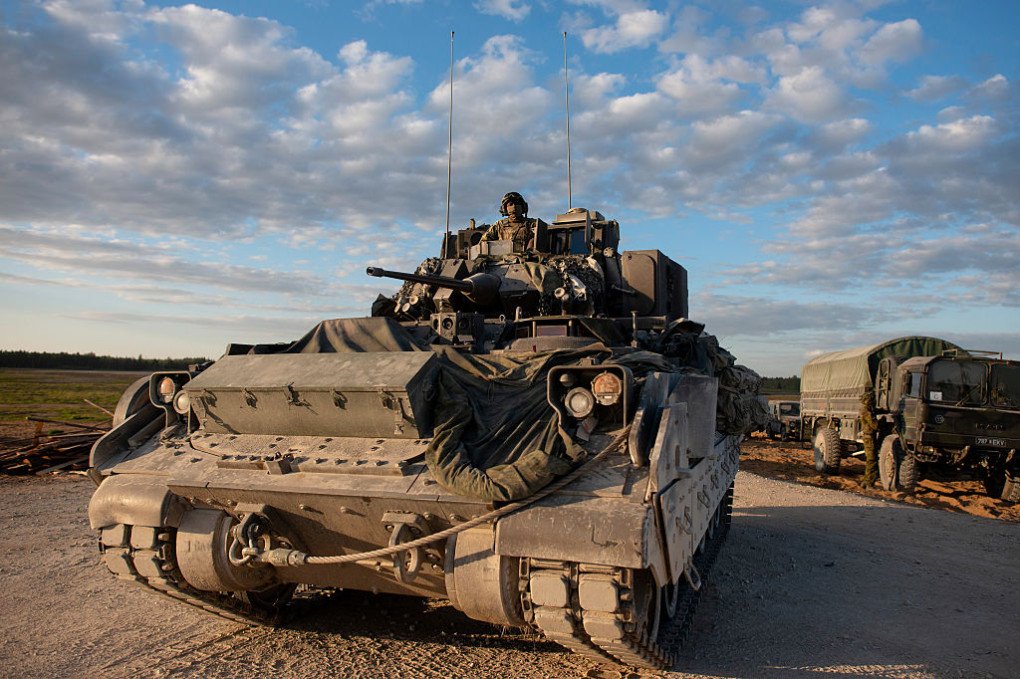
France and the United Kingdom—both permanent members of the UN Security Council—are the only European nations with nuclear arsenals, offering the continent a nuclear deterrent.
France – 204,000 active personnel, 38,000 reserves
United Kingdom – 138,000 active personnel, 70,000 reserves
Several European nations maintain significant armed forces and defense budgets worth tens of billions of euros:
Germany – 185,000 active personnel, 34,000 reserves
Italy – 171,000 active personnel, 14,500 reserves
Spain – 117,000 active personnel, 13,800 reserves
Greece – 110,000 active personnel, 289,000 reserves
Romania – 66,000 active personnel, 50,000 reserves
Netherlands – 41,000 active personnel, fewer than 10,000 reserves
The armies of Czechia, Portugal, Belgium, Luxembourg, and Central and Eastern European nations remain relatively small. Meanwhile, Switzerland and Austria uphold their long-standing neutrality.
Can Europe rapidly mobilize?
A key question remains: If necessary, could Europe rapidly mobilize its forces and expand its overall troop strength to 2–3 million? As of 2024, the total number of active-duty troops in Europe, excluding reserves, stands at approximately 1.6 million.
The US also maintains a military presence in Europe, with 65,000 to 70,000 troops stationed across several countries, most notably at Ramstein Air Base in Germany. Beyond American forces, NATO’s strength includes Türkiye, a key member with up to 480,000 troops.
But, complicating matters further, Russia is not alone either. It has powerful allies, including:
North Korea, with an estimated 2 million troops
Iran, with an armed force of 1.2 million, including reserves
These countries possess vast military-industrial complexes, advanced weapons development programs, and factories capable of producing millions of artillery shells annually. Their authoritarian governments enable rapid, large-scale mobilization through repressive means.
Russia’s military budget surpasses that of any individual European country. In 2025, Russia is officially set to spend $142 billion on war, though unofficial estimates suggest this figure could exceed $200 billion. For comparison, the top five European military budgets are:
Germany – $86 billion
United Kingdom – $81.1 billion
France – $64 billion
Italy – $36 billion
Poland – $28 billion
Before Russia’s full-scale invasion of Ukraine, Europe had fewer military assets. The fact that Ukraine has destroyed thousands of Russian tanks, artillery pieces, aircraft, and other equipment has helped narrow the gap. However, publicly available data indicates that Europe currently has:
5,000 tanks (with Greece alone accounting for one-fifth of them)
Approximately 3,000 artillery units
Fewer than 1,900 fighter jets and bombers
For the Baltic states alone to deter a potential Russian invasion, they would need at least 1,400 tanks, 2,000 infantry fighting vehicles, and 700 artillery pieces—more combat power than the combined land forces of France, Germany, Italy, and the UK.
For comparison, in 2024 alone, Russia produced and refurbished an estimated 1,550 tanks, 5,700 armored vehicles, and 450 artillery pieces of all types. Today, Russia is the world’s largest tank producer and manufactures more artillery shells than all European countries combined.
Right now, Ukraine’s 880,000-strong military is holding back this massive force. The military aid provided by Europe, the US, Japan, Canada, Australia, and other allies remains essential.
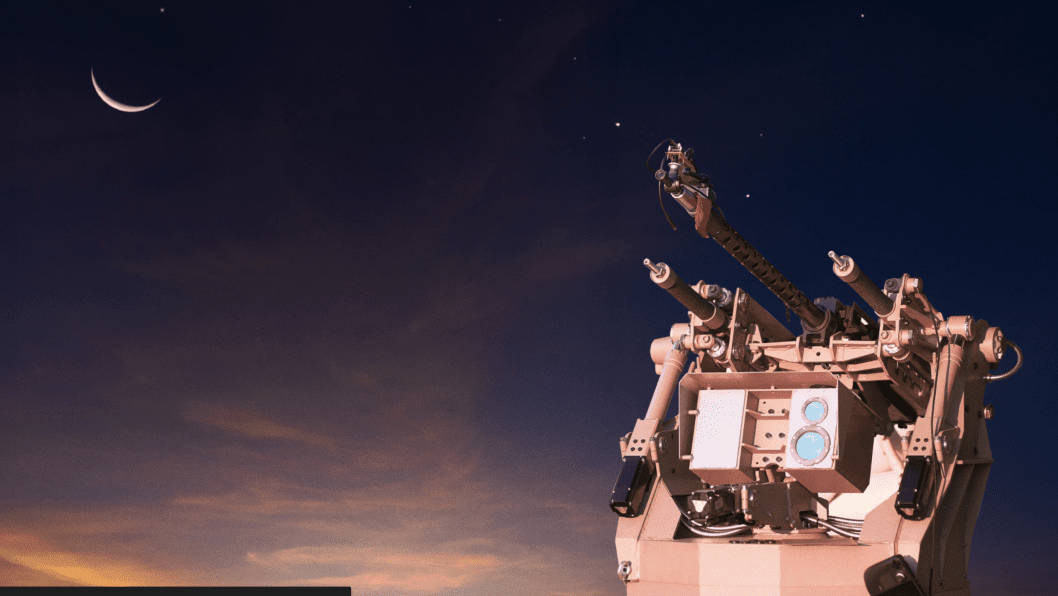
-29a1a43aba23f9bb779a1ac8b98d2121.jpeg)
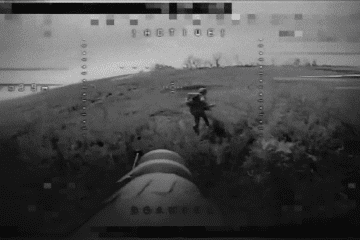
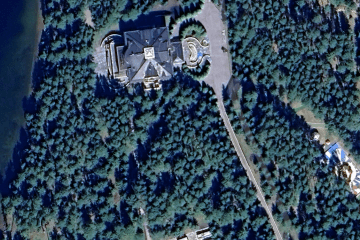
-24deccd511006ba79cfc4d798c6c2ef5.jpeg)


